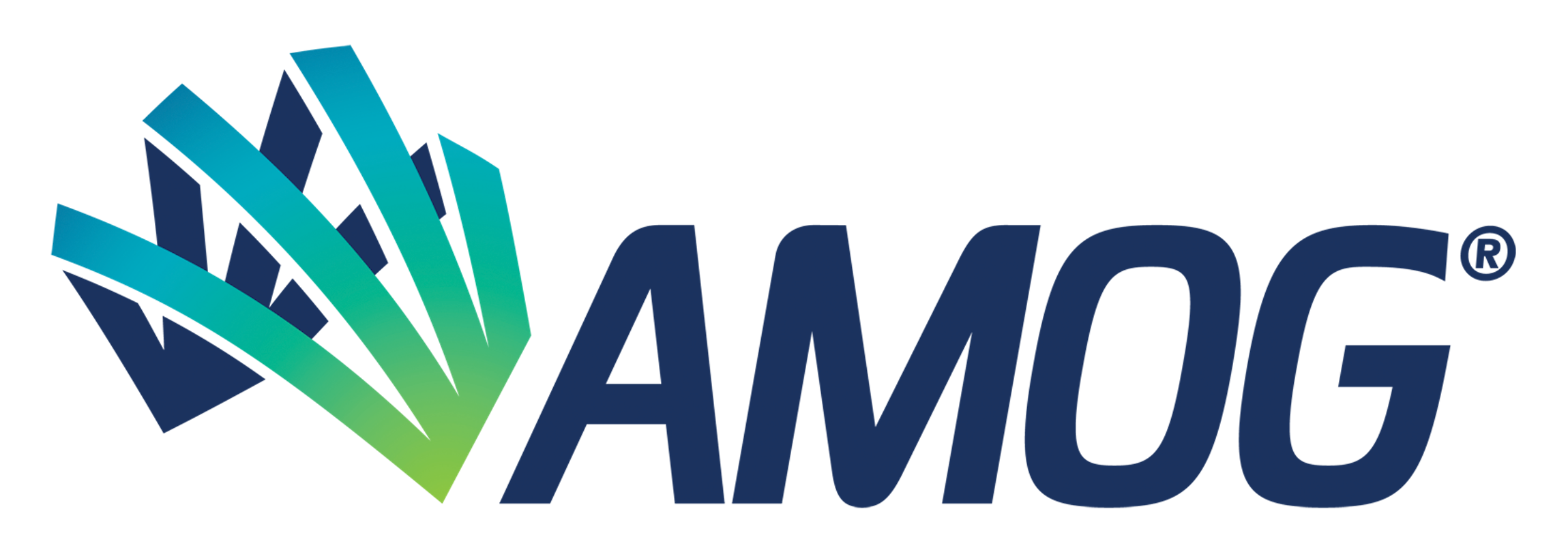Carra, C, Kilner, A, Potts, A, Rowley, D, & Ryan, V. "Integrity Management Challenges for Commercial-Scale Floating Wind Farms." Proceedings of the ASME 2018 1st International Offshore Wind Technical Conference. ASME 2018 1st International Offshore Wind Technical Conference. San Francisco, California, USA. November 4–7, 2018. V001T01A019. ASME.
https://doi.org/10.1115/IOWTC2018-1017
Abstract:
Large-scale deployment of multiple structures within a Floating Offshore Wind Farm (FOWF) will place many challenges on both the approach to effective integrity management and the demand to reduce through-life operating costs. Additionally, wind farm designers and operators will need to consider the issues related to design robustness in the design of their systems, whereby rational robustness criteria are applied to address possible accidental conditions that are not explicitly addressed in code-specified design basis conditions.
This paper will review the significant advances in the approach to integrity management that have been recently made in the mature offshore oil industry and relate them to the nascent offshore wind industry. In particular, the requirement for consideration across the full lifecycle of the potential for threat introduction and the application of controls to prevent or mitigate the evolution of those threats will be described. This includes threats that may be inadvertently introduced during the design, manufacturing and installation phases, in addition to the more traditional rate-based degradation mechanisms such as fatigue, corrosion and wear that occur once the facility is in operation.
The challenges that commercial-scale wind farm developments will face relate particularly to integrity issues arising in the design, manufacturing and installation phases, where the focus needs to ensure that degradation threats are not being introduced into the deployment of multiple repeat-copy units. The issues of common cause/common mode degradation threats will have much higher significance for a commercial-scale wind farm, where rectification of a common issue across a large number of floating units could have significant impacts in terms of reliability, operating costs, insurance premiums and power purchase agreements.
FOWF mooring system designs are also likely to be more optimized than that for a typical one-off offshore oil facility. This will require the wind farm designer to have a deep understanding of the fundamental dynamic behavior of the overall system and the local dynamic behaviors of the components within the mooring system in order to be able to fully identify the types of threats that may be present. This may also involve robustness considerations where there may be step changes in the dynamic behavior of the system, often termed as cliff-edge effects.
The paper will outline issues that wind farm designers will need to consider in building integrity considerations into the design and execution phases of a development, as well as the opportunities that risk-based integrity management processes offer in terms of through-life condition verification and inspection optimization.
Copyright © 2018 by ASME

